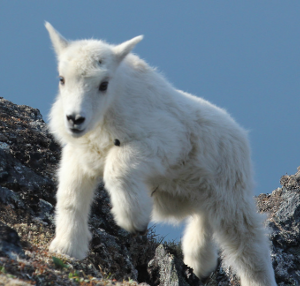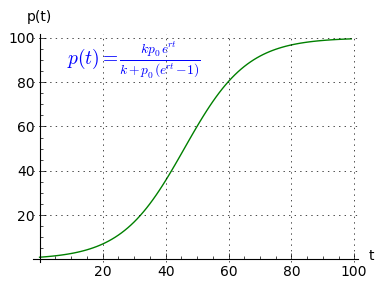
 Share This Page
Share This Page| Home | | Sailing | | Alaska 2014 | |  |  Share This Page Share This Page |

Copyright © 2014, P. Lutus. All rights reserved. Message Page
| Prior years: |
Alaska 2002 |
Alaska 2003 |
Alaska 2004 |
Alaska 2005 |
Alaska 2006 Alaska 2007 | Alaska 2008 | Alaska 2009 | Alaska 2010 | Alaska 2011 Alaska 2012 | Alaska 2013 |
(double-click any word to see its definition)
I guess I'm not going to write many articles this year. I wanted to close this article set with some thoughts on the personal meaning of boat travel.
I've been sailing and boating regularly for almost 30 years, starting with a few exploratory outings that quickly led into a four-year around-the-world solo sail. For me, sailing is a perfect counterpoint to my primary occupation, which is thinking, mathematics, programming — the life of the mind. In my primary activity, you can always reboot, or undo, or start over. In sailing, with rare exception, you can't — most decisions represent an irreversible commitment and sometimes a risk.
As the years have gone by, I've figured out a few things about why I keep sailing and boating. One reason is that it produces an artificial media scarcity — I can't either browse the Web or watch TV, which means I get a lot of reading done — I go through a pile of books each boating season.
Another advantage of sailing is that I savor ideas for programming and mathematical projects, think them over, create action plans without being able to carry them out until my journey is over — until I'm home and can program without running my boat's batteries down.
This season I worked on the Logistic function, a mathematical function that's used to model the behavior of bacterial colonies. At first, the growth curve ascends seemingly without limit, as the colony isn't remotely exhausting the environment's resources and would support more reproducing members. Then growth starts to level off, as the colony begins to challenge its food source. Finally growth flattens out, as the colony can't support any more members with existing resources (see the graph on this page).
I've been thinking about the Logistic function lately, and it occurs to me that it would be nice if it could take non-renewable resources into account. Most biological colonies rely on a mixture of renewable and non-renewable resources — humans certainly do. As I sailed along in Alaska, I pictured an extended Logistic function that has two resources terms — one renewable, one nonrenewable. The renewable resource term would act like the classic Logistic function, causing a flattening of growth as the colony used more and more available resources. The non-renewable term would decline under population pressure, until it fell to zero, after which the function would adjust itself to a classic environmental maximum as the classic function does.

I pictured how the function would behave, even though I couldn't write it while sailing. In the new function a colony would reach a maximum well above what would be possible with renewable resources alone, then the nonrenewable resources woud be exhausted, and this would cause a big decline in population. So population would peak, then decline.
The advantage of the new function is that it would more accurately describe the plight of we humans, who depend on a mix of renewable and nonrenewable resources. If the function existed, it would be a matter of setting values that reflected reality — for example, the ratio of renewable to nonrenewable resources, and the rate at which nonrenewable resources are exhausted — and running the simulation to see how things turned out.
So, because I was sailing and couldn't actually create the function, I planned it out and figured out what properties it needed to have. Then, when my journey was over, I wrote the function and it turned out exactly as planned — here it is. It shows the expected peak population, followed by a steep decline as the nonrenewable resources are used up.
The new function is more realistic than the classic function because it shows the effect on population of exhausting nonrenewable resources — it represents a warning to people that we have a population higher than can be sustained as we use up nonrenewable resources. In some online references the estimate is given that the present world population is three times higher than would be possible if we suddenly had to rely on renewable resources alone. Given that, the new function may serve to model the peak and decline in human numbers — all we have to do is figure out the right values to plug into the simulation.
The irony is that, when I'm at home surrounded by computers and research resources, I'm often so distracted by Web browsing and other media that I'm not as productive in the area of research ideas and project planning. At home I tend to take on many small projects, each of little consequence, but don't start many projects that would require a big time commitment. So boating and my other travel expeditions serve an important purpose.
Because the topic is the beneficial effect of travel, I'll close with a picture of my camp at Death Valley, California, that I visit once a year. Getting to this campsite involves hiking from one side of Death Valley to the other with full camping gear. Needless to say, this isn't a popular camp or activity, but it's a pretty wonderful place — remote, often silent, and a great place to think.
| Home | | Sailing | | Alaska 2014 | |  |  Share This Page Share This Page |